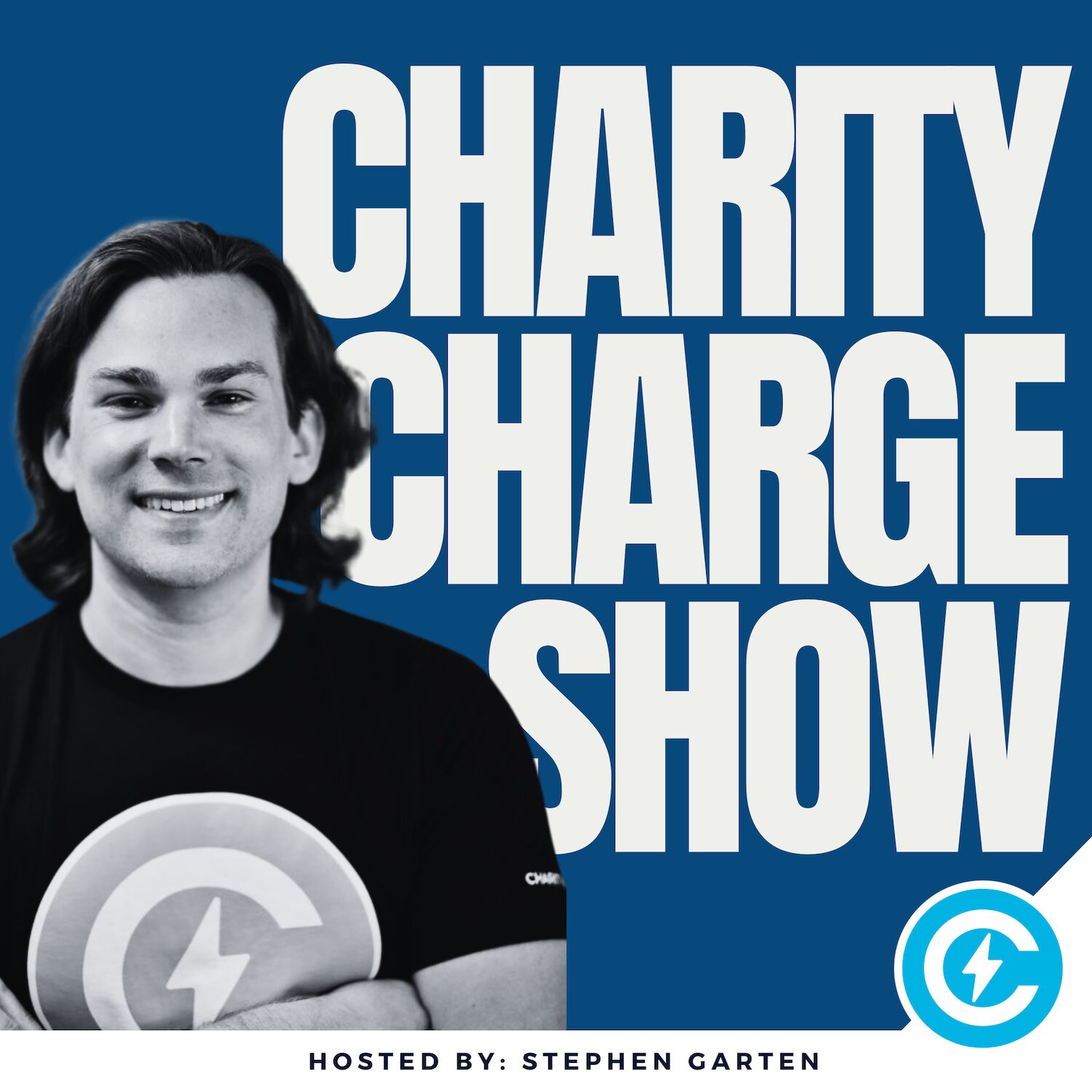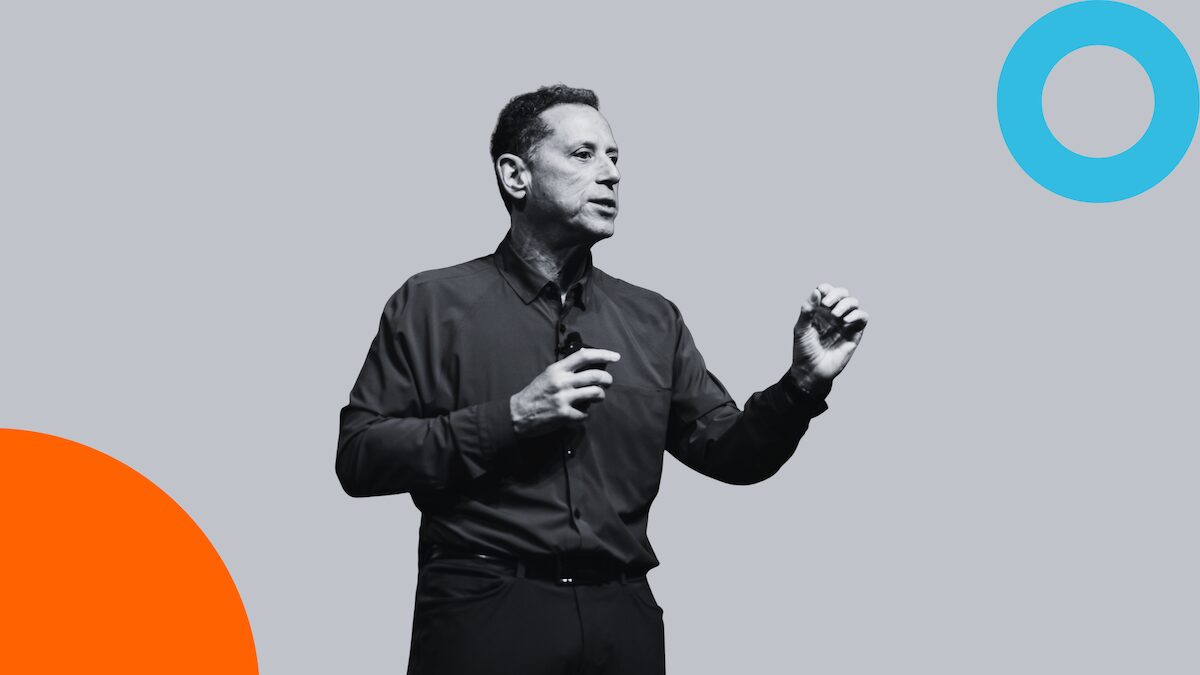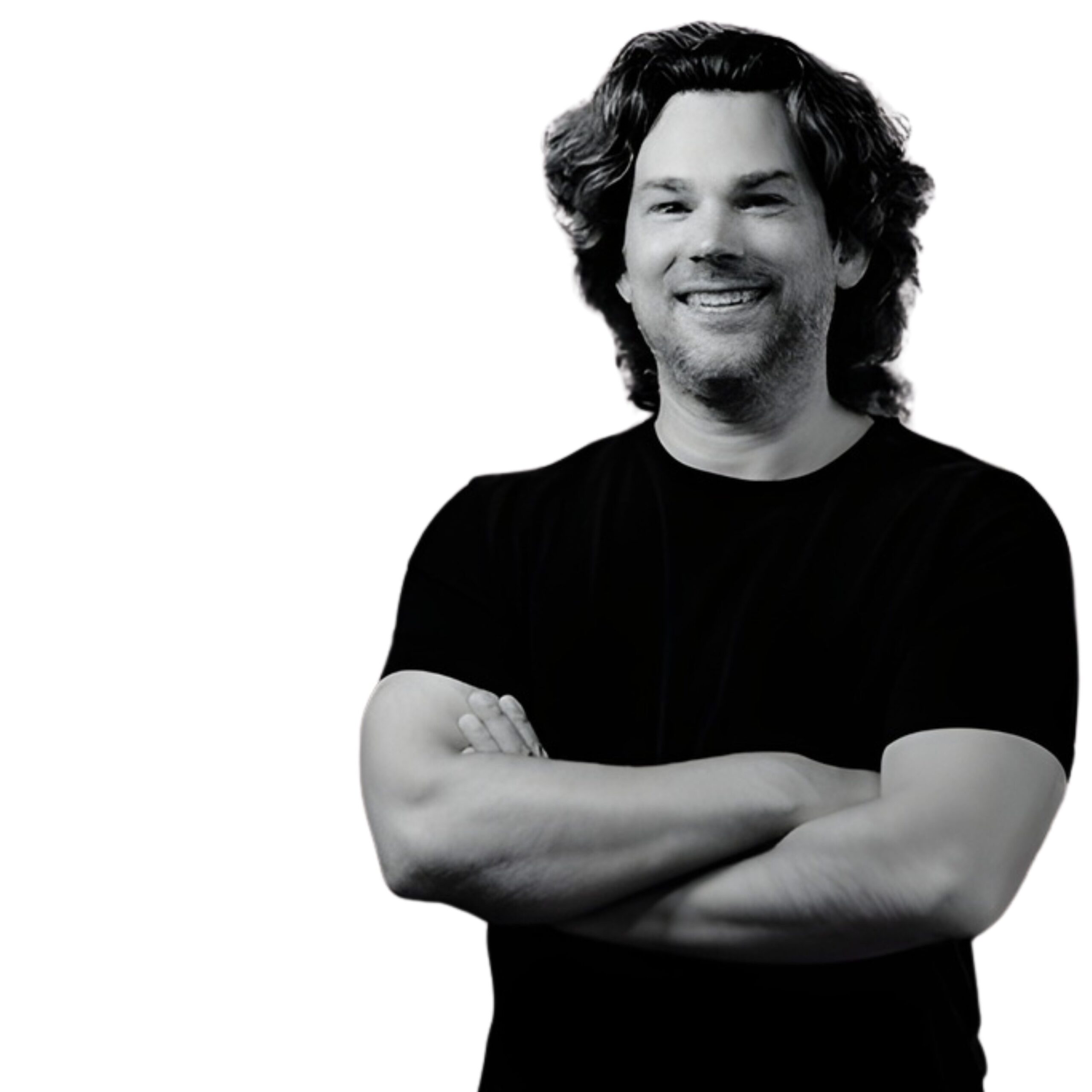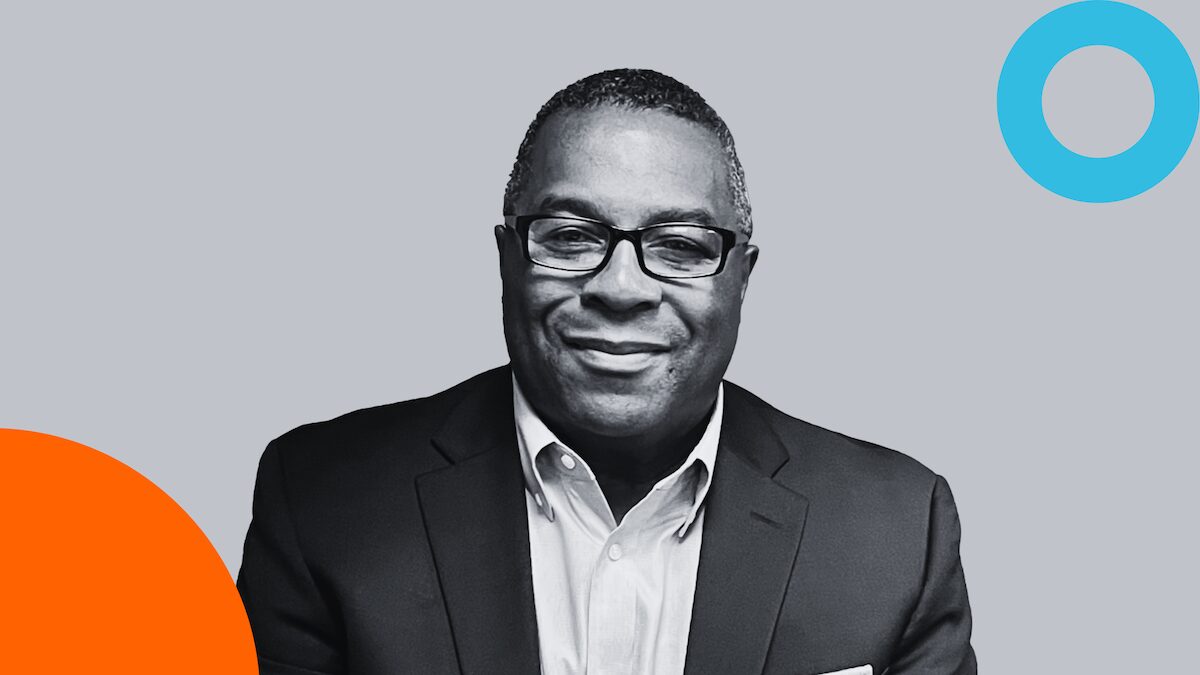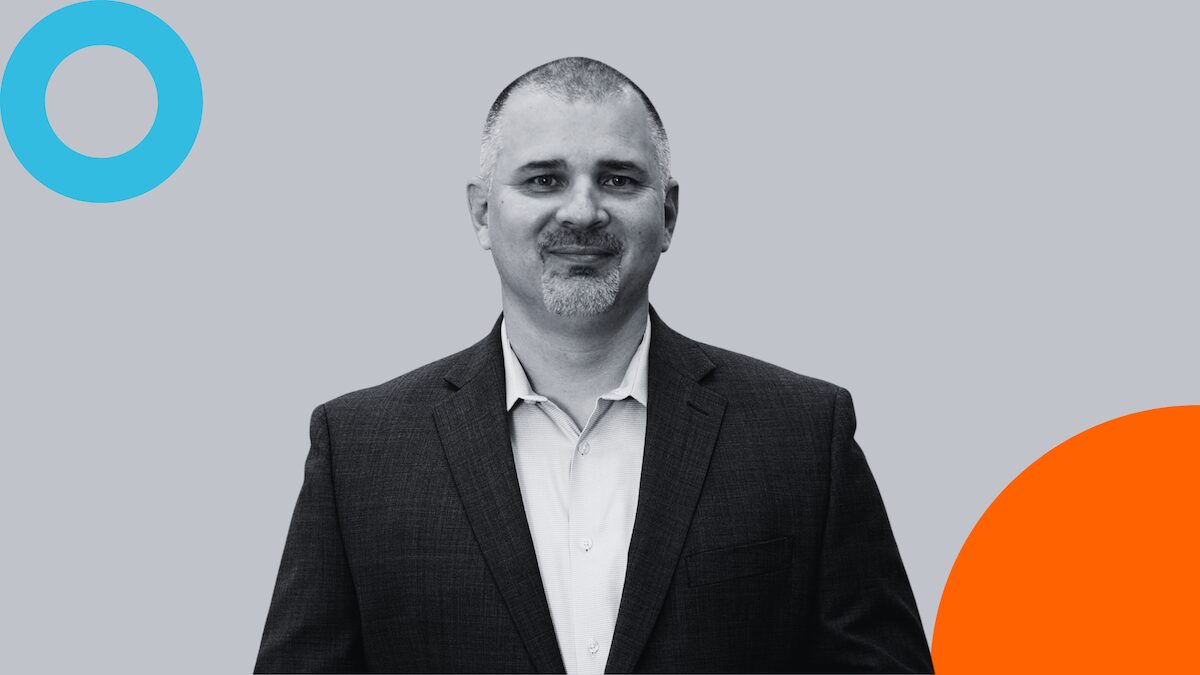On this episode of the Charity Charge Show, we speak with Brandon Williams, CEO of the Boys & Girls Clubs of Greater St. Louis. Williams explains how the Club is supporting youth after a tornado, why mental health and education remain core priorities, and how the organization is strengthening career pathways, internships, and sports programs.
He also shares lessons from his first year as CEO, including how to manage a leadership transition at a legacy nonprofit and why running with a business mindset is essential for mission success.
About Brandon Williams
Brandon Williams is the Chief Executive Officer of the Boys & Girls Clubs of Greater St. Louis, where he leads a network of programs serving more than 18,000 youth across the region. A former NFL player turned business and community leader, Brandon brings a unique blend of athletic discipline, corporate experience, and leadership coaching to the nonprofit sector.
Before joining the Boys & Girls Clubs, Brandon played in the NFL after graduating from the University of Wisconsin, then spent nearly a decade as a sports broadcaster with Big Ten Network, ESPN, and FOX. His professional journey also includes roles at Anheuser-Busch in innovation marketing and as Vice President of Team Business for the St. Louis Battlehawks. He has also served as a leadership and life coach, helping organizations build culture and accountability through practical team development frameworks.
Since taking on the CEO role, Brandon has focused on expanding the Club’s impact through career readiness, mental health support, and economic mobility initiatives for youth. Under his leadership, the organization has strengthened community partnerships, elevated brand awareness, and invested in modernizing its programs and facilities.
Brandon holds an MBA from Lindenwood University and is passionate about helping young people discover their “it factor” — intelligence, intangibles, and toughness — to achieve success in any path they choose.
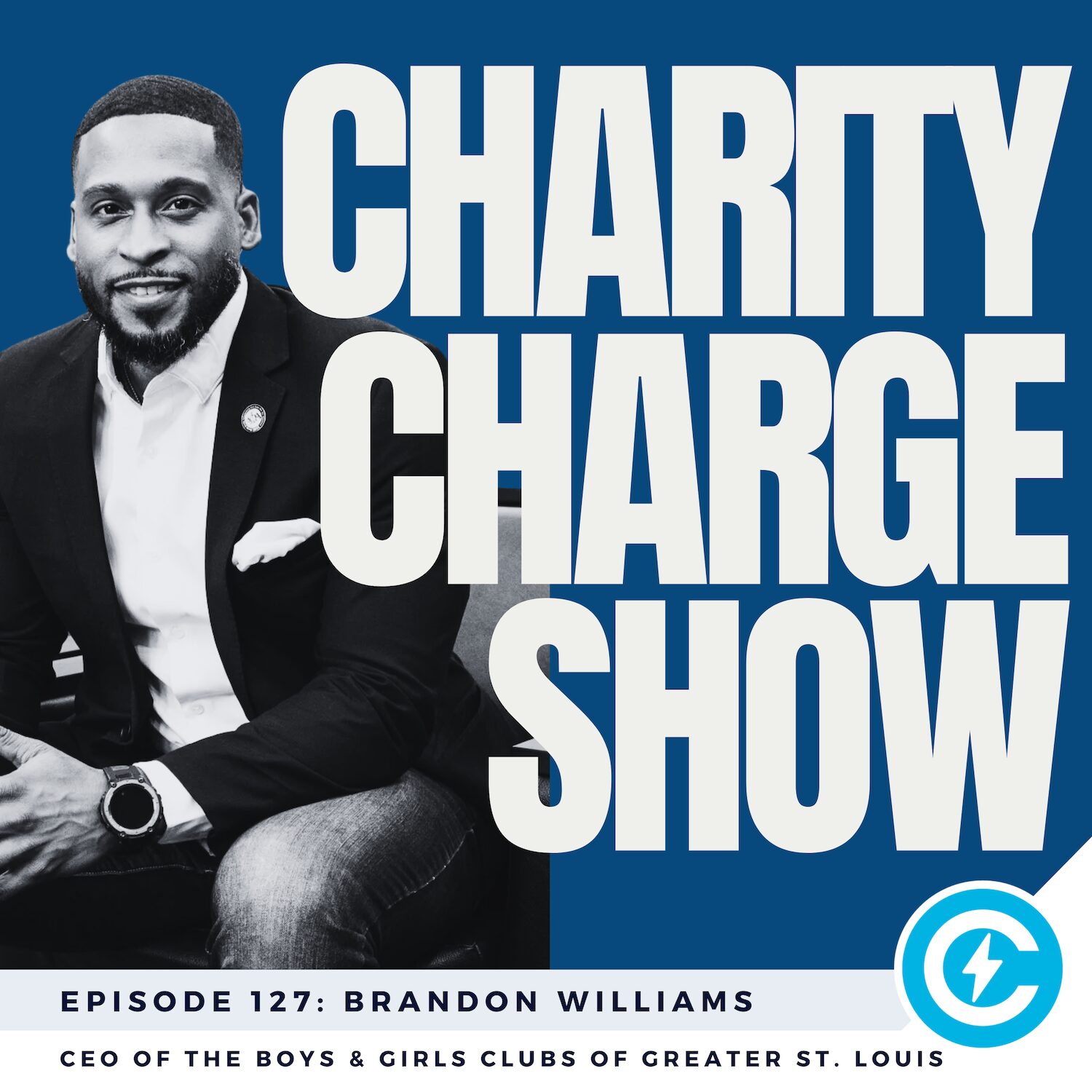
Episode Highlights
- Responding to disaster with mental health and continuity of learning
- Building paid career pathways through internships and employer partners
- Using sports to spark engagement and character
- Managing a complex leadership transition with clear norms and communication
- Fundraising and brand awareness as daily disciplines
From Boys & Girls Clubs Kid to CEO
Williams grew up as a Club kid, later played in the NFL, and built a diverse career across broadcasting, corporate innovation at Anheuser-Busch, and sports leadership with the St. Louis Battlehawks. He also earned an MBA and worked in leadership development.
That path shaped his focus on culture, clear standards, and accountability. When a CEO search opened at Boys & Girls Clubs of Greater St. Louis, mentors urged him to consider it as one of the most important roles for youth in the region. He began in November last year.
Rapid Response After a Tornado
A major tornado struck St. Louis in May. The Club pivoted to ensure young people had resources to start the school year strong.
What that looked like:
- Mental health support, consistent check-ins, and safe spaces to process trauma
- School readiness, including backpacks, supplies, and continuity of care
- Connection and belonging, so members know they are seen, supported, and not alone
Programs That Open Doors
Boys & Girls Clubs of Greater St. Louis continues to expand beyond after-school and summer programs to drive economic mobility.
- Career readiness and workforce development: A best-in-class summer internship program connects teens with leading employers, builds real-world skills, and builds networks.
- Sports as an on-ramp: Athletics attract youth and build discipline, teamwork, and leadership, while opening doors to mentors and new opportunities.
- Youth of the Year: A capstone leadership experience where finalists practice public speaking and personal development. The winner earns $5,000 and a car, which signals the community’s belief in young leaders.
Leading Through Transition
Williams succeeded a president who served for nearly three decades. He describes the first six months as intensive listening and evaluation, paired with clear standards for culture and performance.
Key practices he highlights:
- Meet individually with board members and senior staff to align on mission and priorities
- Set visible team norms and model them daily
- Expect some turnover, recruit for the future, and protect the culture you are building
- Elevate brand awareness with a consistent media cadence so the community knows not only who you are, but what you do
The Big Challenges Facing Youth
Williams points to economic mobility and education as the most pressing needs.
- Young people need paid pathways, internships, and practical skills training.
- Literacy and communication skills still drive long-term earnings and opportunity.
- Education is “still cool,” as Williams puts it. Degrees and credentials can expand options, including entrepreneurship and leadership.
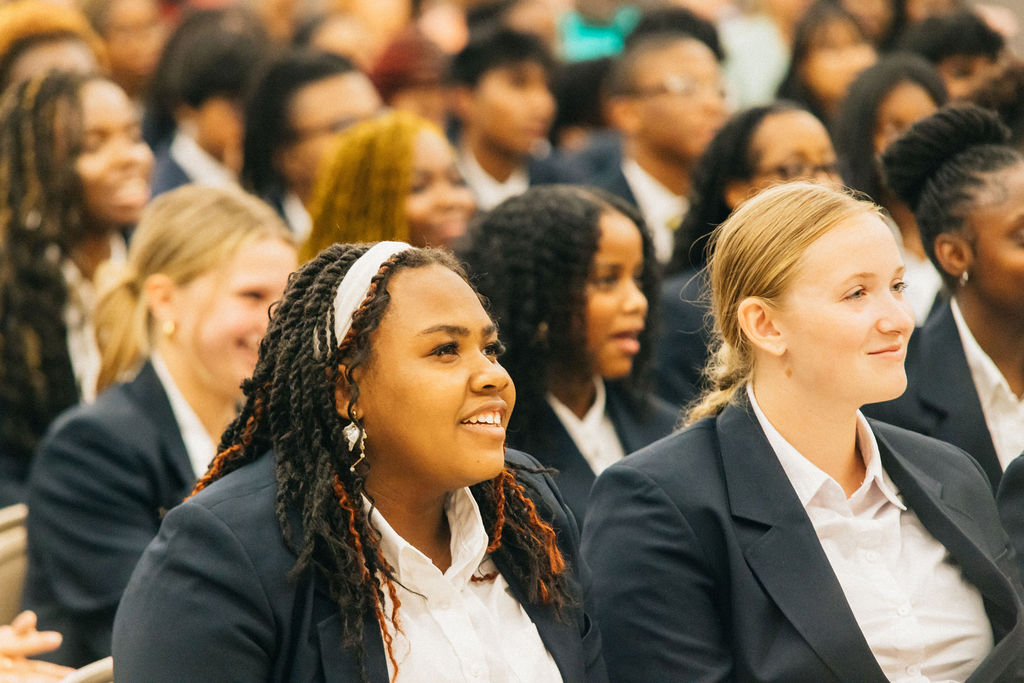
“Nonprofit” Is a Tax Status, Not a Playbook
Williams is direct about the business discipline required to sustain impact.
- Treat your programs like products, and know your customer segments.
- Understand what drives giving for each audience.
- Measure results, tell your story often, and connect visibility to revenue.
- Remember the operating truth: no money, no mission.
How to Support Boys & Girls Clubs of Greater St. Louis
Great Futures Gala
- Date: Wednesday, November 12, 6:00 PM
- Location: Energizer Park, home of St. Louis SC
- Why it matters: The Club’s largest annual fundraiser, supporting Youth of the Year and core programs
- Get involved: Tables and sponsorships are available at bgcstl.org
Podcast Q&A Transcript
Responding to a community crisis
Grayson: What do you have going on right now in St. Louis?
Brandon: In May a major tornado hit our area. We shifted quickly to support youth who were affected, whether or not they were already Club members. Our first priority is mental health. We want young people to know they are supported and cared for. The storm hit at the end of summer and students carried that stress into the new school year. We made sure they had backpacks, supplies, and consistent support.
We are also gearing up for our annual gala at the end of the year. It is our largest fundraiser and it powers our Youth of the Year program. Students complete modules in character, leadership, and personal development, write and deliver speeches, and four finalists advance. The winner receives 5,000 dollars and a car.
Programs that meet real needs
Grayson: The Boys & Girls Club is known nationwide. What specific needs are you meeting in St. Louis?
Brandon: In recent years we merged programs and sites which helped us expand impact. We still run strong after-school and summer programs, but we now lean heavily into career readiness and workforce development. We also invest in sports because it is a proven on-ramp for engagement and growth. I was a Club kid and played sports here, so I have seen how athletics open doors for both girls and boys. Our focus is to keep facilities upgraded and to run a best-in-class summer internship program with top corporate partners.
From Club kid to CEO
Grayson: Tell us about your path to the CEO role. You are approaching one year in the seat. How did you get here and how has the first year been?
Brandon: I never imagined leading the organization that shaped me as a young person. I played in the NFL after Wisconsin, then spent nearly a decade in broadcasting with Big Ten Network, ESPN, and our local Fox affiliate. I wrote a book, spoke publicly, worked as a financial advisor, and coached leaders. The common thread was people, culture, and how teams perform.
I earned an MBA at Lindenwood University and joined Anheuser-Busch in innovation marketing, managing cross-functional teams to launch and update products. Then I became VP of Team Business for the St. Louis Battlehawks, leading marketing, communications, sponsorships, ticket sales, and PR. Our market set a spring football attendance record with more than 41,000 at a game.
About a year ago I received a LinkedIn message about the CEO search. I asked respected peers how they viewed the role. Many said it is the most important youth role in St. Louis. That pushed me to dig into the Club’s history, impact, and future. After interviews I was offered the position in October and started in November.
Leading through transition
Grayson: Executive turnover in nonprofits is high. How did you approach the first months and move from listening to action?
Brandon: I followed a president who served for 28 to 29 years. Dr. Flint Fowler is a great leader and I still lean on him often. I am 41, new to the nonprofit sector, and I brought a business background and an untraditional vision for elevating the organization.
The first six months were tough. I had 40 board members and more than 120 staff. There was a strong existing culture and many processes in place. I met individually with board members and leadership staff, evaluated systems, and clarified expectations. Natural turnover happens after a long-tenured leader departs. We treated transitions professionally so we could recruit the right talent and bring fresh eyes to each department.
We established clear team norms. One example is “deliver the mail,” which means you can speak candidly without fear of retaliation. I model those norms daily so they become real. Culture takes time. It usually takes nine to twelve months before people feel the shift. We are now seeing momentum.
Tell the story often
Grayson: How are you building brand awareness?
Brandon: I asked our PR and communications team to secure earned media 48 weeks out of the year across TV, radio, podcasts, and print. People often recognize our logo but do not know what we actually do. We run 18 programs and serve 18,000 kids. The more the public understands our work, the more they think of partnerships, ideas, and sponsorships that fit. Earned media does not directly add revenue, but it carries real value and supports fundraising.
The most urgent needs for youth
Grayson: What are the biggest challenges facing youth in St. Louis over the next few years?
Brandon: Economic mobility. Young people need access to paid opportunities, training, and real networks. Social media puts money and lifestyle in front of them constantly, which changes their relationship with money and increases the gap between haves and have-nots.
Foundational skills matter. Interviewing, communication, writing, and reading still drive opportunity. Education is still cool. My master’s degree gave me the thinking skills I use daily as an executive and entrepreneur. Our region also needs to retain talent. We lose young people after high school and college. If we create clear paths to careers and family life in St. Louis, we can keep that tax base and strengthen communities.
A lesson for nonprofit leaders
Grayson: What lesson would you share with nonprofit leaders from your first year as CEO?
Brandon: Nonprofit is a tax status. It is not a management style. We make profit and we reinvest it in mission. Treat your programs like products and know your customers. Understand what moves each donor segment. Deliver value and be clear on the value you receive. The mission matters and programming matters, but the operating truth remains the same. No money, no mission.
How to get involved
Grayson: When is the gala and how can the community support?
Brandon: Our Great Futures Gala is Wednesday, November 12 at 6:00 PM at Energizer Park, the home stadium for St. Louis SC. It is our biggest fundraiser of the year and supports Youth of the Year and core programs. Tables and sponsorships are available at bgcstl.org. We would love to see you there.







